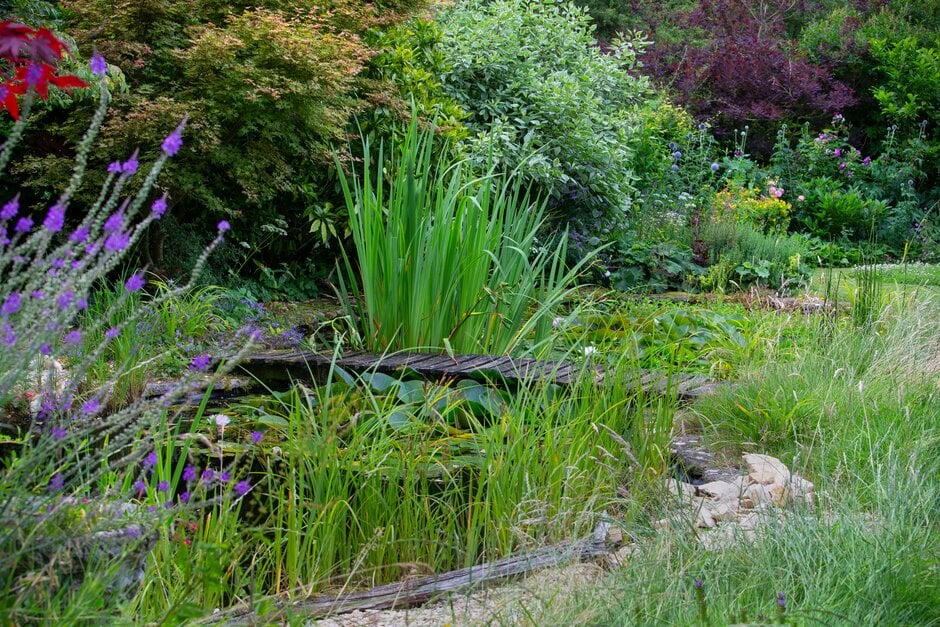
Introducing...
Primulas for damp soils
Botanical name: Primula
This large group of primulas offer late spring to summer colour in a wide range of flower shapes and shades. Most are candelabra types, with a few exceptions, but all combine well with hostas, ferns and other plants that enjoy similar conditions. They are ideal streamside plants and thrive in cool, damp situations.
Looks
Rising from rosettes of leaves at ground level, tall stems hold their saucer-like flowers outwards in concentric circles. Colours include white and shades of yellow, pink, purple, red and orange. One exception, P. vialli has conical flowers in lilac or white.
Likes
This group prefer reliably moist soil in partial shade. Some need acid soil. They can tolerate full sun provided the soil stays reasonably damp in summer.
Dislikes
These plants will not do well in poor, dry soil, especially in full sun.
Did you know?
Larger types appreciate regular applications of garden compost or other organic soil improver to maintain soil fertility.
Growing guide

How to grow primulas for damp soils
All the information you'll need to grow primulas for damp soils can be found in the RHS guide to growing perennials.
Primulas we recommend for damp soil
Primula vialii (So)
Vial's primrose
- 0.1–0.5 metres
- 0.1–0.5 metres
Primula japonica 'Apple Blossom' (Pf)
Japanese primrose 'Apple Blossom'
- 0.1–0.5 metres
- 0.1–0.5 metres
Primula prolifera (Pf)
candelabra primrose
- 0.5–1 metres
- 0.1–0.5 metres
Primula vialii (So)
Vial's primrose
- 0.1–0.5 metres
- 0.1–0.5 metres
Primula japonica 'Apple Blossom' (Pf)
Japanese primrose 'Apple Blossom'
- 0.1–0.5 metres
- 0.1–0.5 metres
Primula prolifera (Pf)
candelabra primrose
- 0.5–1 metres
- 0.1–0.5 metres
Useful advice

Perennials: dividing

Perennials: cutting back

Wildlife ponds

Wet soils: plants for

Shade gardening
Get involved
The Royal Horticultural Society is the UK’s leading gardening charity. We aim to enrich everyone’s life through plants, and make the UK a greener and more beautiful place.